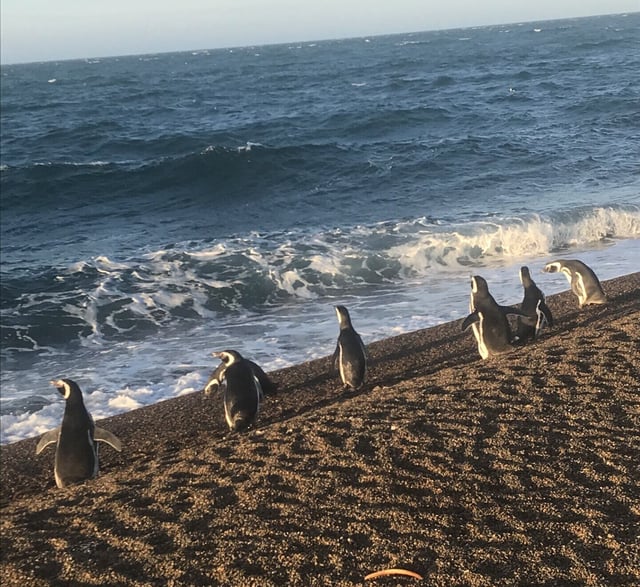Overview
- In calm seas, penguins swim almost directly to their colony, while strong currents trigger S-shaped, tide-aligned paths that conserve energy
- GPS and inertial loggers deployed from September to February on 27 adults at Argentina’s San Lorenzo colony recorded these adaptive homeward trajectories
- Riding strong currents extends travel distance but reduces locomotion costs and creates extra opportunistic feeding along the return journey
- Published July 17 in PLOS Biology, the study represents the first fine-scale evidence of open-ocean foragers dynamically adjusting routes to real-time flow conditions
- Researchers now aim to uncover the sensory and cognitive mechanisms that enable penguins to detect and exploit ocean currents during navigation
